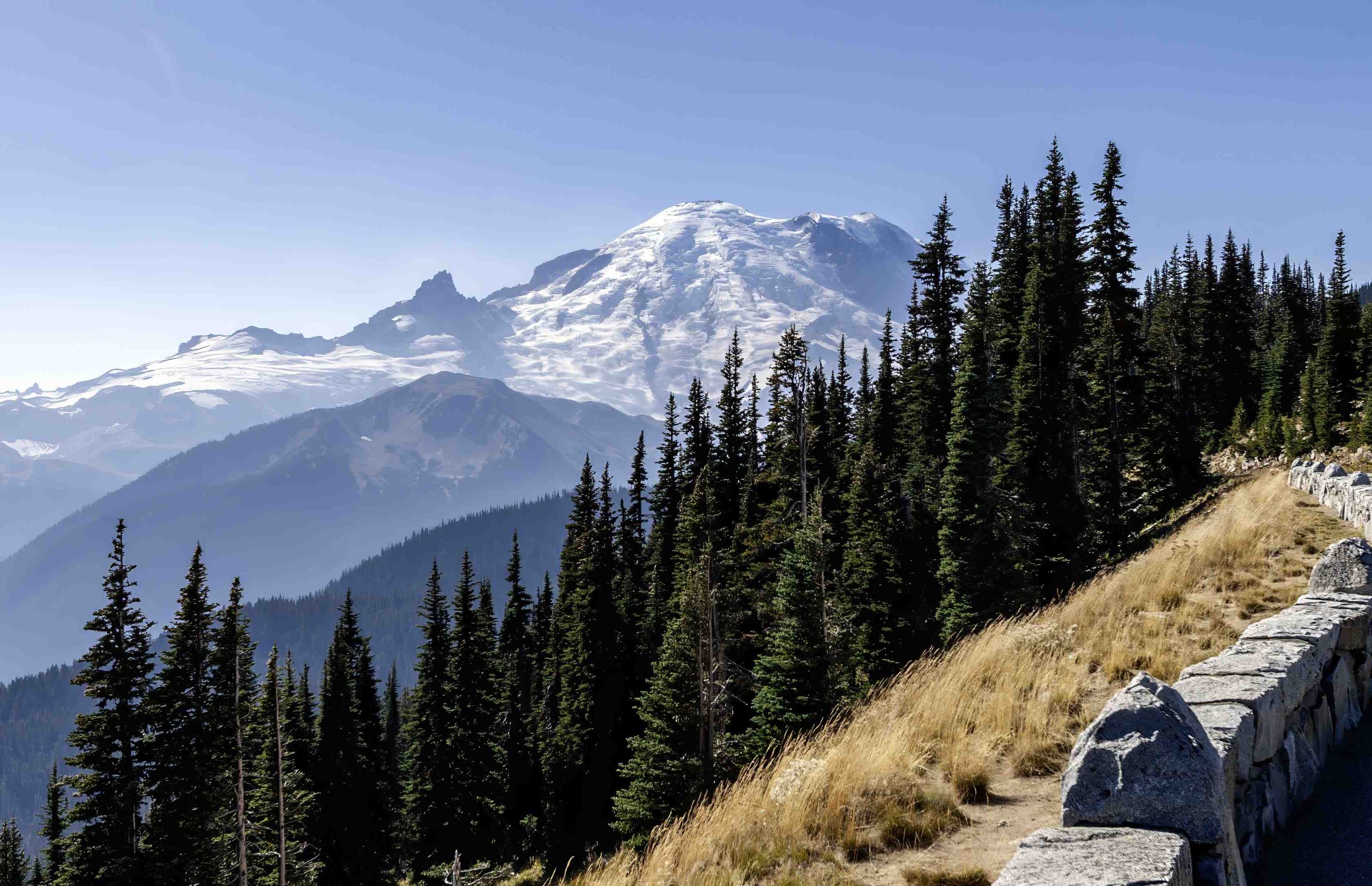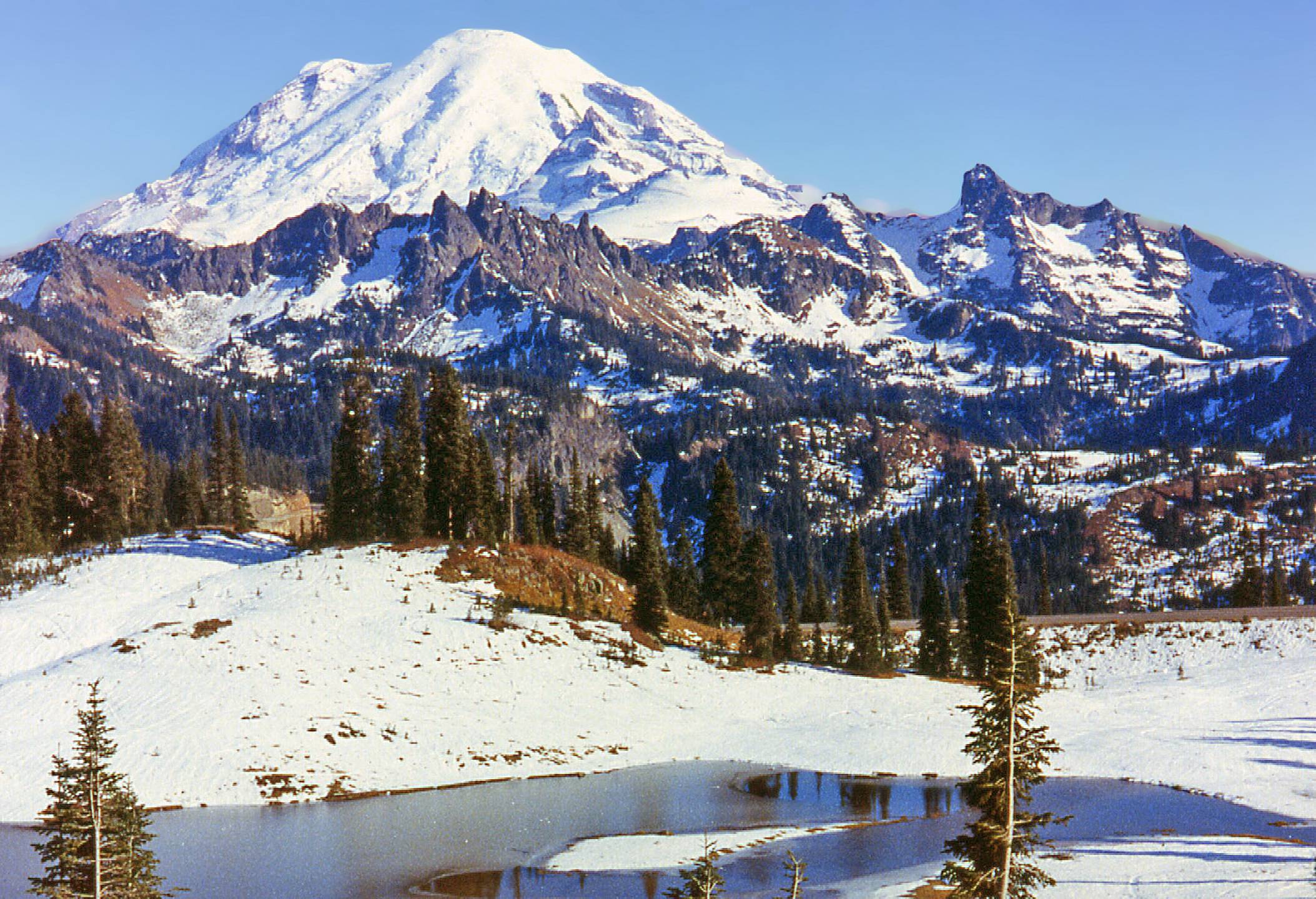Mount Rainier’s snow zones chart is a crucial tool for understanding the mountain’s diverse snow accumulation patterns, seasonal variations, and visitor amenities. This guide explores the intricate details of snow zones across different elevations, providing essential information for both casual visitors and serious mountaineers. From the heavy snowfall at higher altitudes to the year-round snow presence at certain elevations, the Mount Rainier snow zones chart offers valuable insights for planning safe and enjoyable mountain experiences.
What Are the Key Elements of Mount Rainier’s Snow Zones Chart?

The Mount Rainier snow zones chart encompasses several critical components:
- Elevation-specific snow accumulation
- Seasonal snow patterns
- Visitor facilities and amenities
- Safety considerations
Let’s delve deeper into each of these elements to gain a comprehensive understanding of Mount Rainier’s snow zones.
How Does Snow Accumulation Vary with Elevation on Mount Rainier?

Snow accumulation on Mount Rainier is highly dependent on elevation. Here’s a breakdown of snow patterns at different altitudes:
- Summit (14,411 feet / 4,392 meters):
- Heaviest snowfall
- Temperatures ranging from -11°C to -26°C
-
Severe weather conditions year-round
-
Mid-Mountain (5,000 to 8,000 feet):
- Significant snow presence well into mid-July
- Moderate temperatures compared to the summit
-
Popular for winter sports and activities
-
Lower Elevations (below 5,000 feet):
- Less consistent snow cover
- Snow typically melts earlier in the spring
- More accessible for year-round visitors
What Are the Seasonal Snow Patterns on Mount Rainier?
Mount Rainier experiences distinct seasonal snow patterns:
| Season | Months | Snow Conditions |
|---|---|---|
| Winter | December – February | Peak snowfall, extreme cold |
| Spring | March – May | High snow levels, slightly warmer |
| Summer | June – August | Snow remains above 5,000-8,000 feet |
| Fall | September – November | Increasing snow levels, cooler weather |
Winter (December to February)
- Heaviest snowfall
- Extremely cold temperatures
- Limited access to higher elevations
- Ideal for winter sports enthusiasts
Spring (March to May)
- High snow levels persist
- Gradually warming temperatures
- Wet and cold conditions continue
- Popular for late-season skiing and snowboarding
Summer (June to August)
- Snow remains at higher elevations
- Warmest and driest period
- Best time for hiking and climbing
- Snow-free trails at lower elevations
Fall (September to November)
- Snow levels begin to rise
- Cooler and wetter weather returns
- Transition period for mountain activities
- Early snowfall possible at higher altitudes
What Challenges Does Winter Access Present on Mount Rainier?
Winter access to Mount Rainier poses several challenges:
- Avalanche Danger:
- High risk in marked areas
- Requires proper training and equipment
-
Constantly changing conditions
-
Extreme Weather:
- Severe gales and cold temperatures
- Rapid weather changes
-
Limited visibility during storms
-
Limited Facilities:
- Reduced services and amenities
- Closed roads and trails
-
Restricted access to certain areas
-
Equipment Requirements:
- Specialized winter gear needed
- Proper clothing for extreme cold
- Navigation tools for low visibility conditions
What Amenities Are Available for Visitors in Mount Rainier’s Snow Zones?
Despite the challenging conditions, Mount Rainier offers various amenities for visitors exploring its snow zones:
Parking and Accessibility
- Paradise Visitor Center:
- Central hub for winter activities
- Designated parking area
-
Access to snowplay areas and trails
-
Sunrise and Longmire Areas:
- Additional parking facilities
- Access to diverse snow zones
- More challenging conditions at higher elevations
Facilities and Guided Tours
- Visitor Centers:
- Information desks
- Gear rentals
- Exhibit areas
-
Restrooms and warming areas
-
Guided Tours:
- Snowshoeing excursions
- Skiing tours
- Equipment provided
-
Led by experienced guides
-
Lodging Options:
- Paradise Inn (seasonal)
- National Park Inn at Longmire
-
Camping facilities (weather permitting)
-
Emergency Services:
- Ranger stations
- First aid facilities
- Search and rescue teams
How Can Visitors Use the Mount Rainier Snow Zones Chart for Planning?
The Mount Rainier snow zones chart is an invaluable tool for trip planning:
- Activity Selection:
- Choose appropriate activities based on snow levels
-
Plan for seasonal variations in accessibility
-
Safety Preparation:
- Identify avalanche-prone areas
-
Understand weather patterns at different elevations
-
Equipment Planning:
- Determine necessary gear for specific snow zones
-
Prepare for varying conditions across elevations
-
Itinerary Development:
- Plan routes based on snow coverage
-
Allow for weather-related contingencies
-
Facility Utilization:
- Locate visitor centers and amenities
- Plan for available services in different seasons
By utilizing the Mount Rainier snow zones chart, visitors can ensure a safe, enjoyable, and well-prepared mountain experience. Whether you’re a casual snow enthusiast or a serious mountaineer, understanding these snow patterns is crucial for making the most of your time on this majestic peak.
